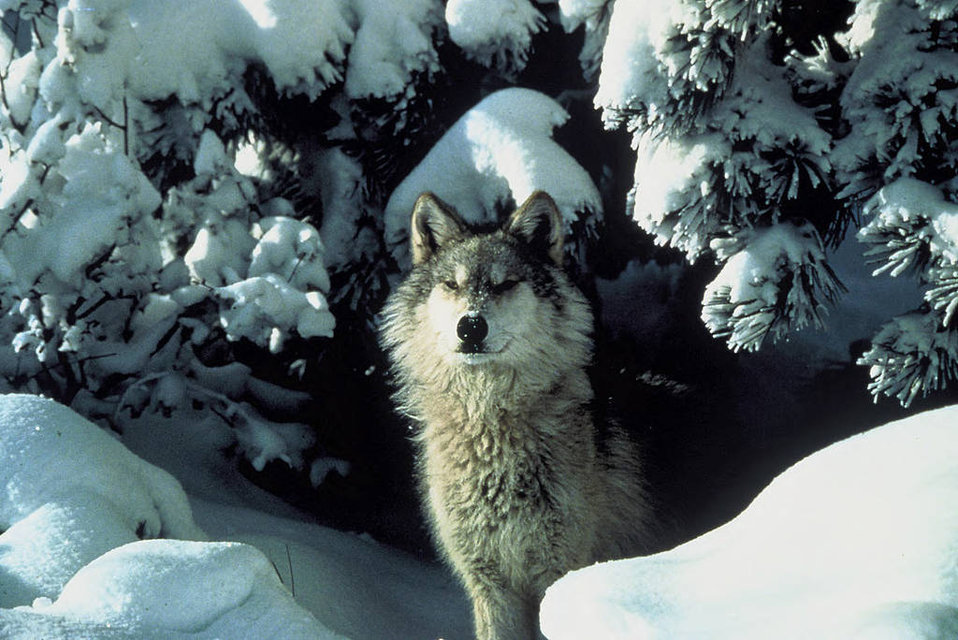This November, Colorado residents will vote on Proposition 107. If passed, it will require the Colorado Division of Parks and Wildlife to reintroduce wolves to the state by the end of 2023.
Colorado State University’s Center for Carnivore-Human Coexistence, in cooperation with Extension staff and scientists from the university’s wildlife department, recently completed a set of Frequently Asked Questions and information sheets on wolf restoration.
The resources include 12 information sheets on:
- Wolf Taxonomy and Biology
- Wolves in Colorado: History and Status
- Wolf Policy
- Human and Pet Safety
- Ecological Effects
- Big Game and Hunting
- Disease
- Wolves and Livestock
- Wolf Economics
- Public Perspectives on Wolves
- Moral Arguments Regarding Wolves
- Dialogue and Social Conflict about Wolves
CSU also created a list of frequently asked questions with answers addressing some of the issues above as well as others.
These educational resources were developed with the assistance and review of some of the world’s leading authorities on wolf biology and management.
Some of the key findings include:
- The gray wolf is native to Colorado but was eradicated from the state by the mid-1940s
- The gray wolf is currently federally listed as endangered under the U.S. Endangered Species Act (ESA) in most of the lower 48 U.S. states. The U.S. Fish and Wildlife Service (USFWS) has recently proposed to remove (“delist”) all gray wolves (except the Mexican gray wolf subspecies) from protection under the ESA.
- Like many large carnivores, wolves are generally afraid of humans and will avoid people, buildings, and roads if possible.
- The risk of wolves attacking or killing people is low. As with other wildlife, it is best not to feed wolves and to keep them at a respectful distance.
- Wolves can generate trophic cascades – ecological effects that ripple through an ecosystem. In places like Yellowstone National Park, wolves have likely contributed to willow and aspen recovery and overall habitat diversity by reducing overbrowsing by elk.
- Hydatid disease is caused by the Echinococcus Canines such as wolves, coyotes, foxes, and domestic dogs are the definitive host, and ungulates such as deer, elk, moose, and domestic livestock are intermediate hosts. In rare circumstances humans may be infected by accidently ingesting eggs, but direct human infection from wolves is extremely unlikely
- Wildlife managers and livestock producers have a variety of management tools to reduce conflict with wolves. This entails alterations in livestock practices and/or efforts to manage wolves. Both non-lethal and lethal tools can be effective and used proactively to prevent conflict or reactively after conflict has occurred.
- Moral arguments—arguments that something is “right” or “wrong”—are invoked on both sides of the debate about wolves. Moral arguments touch on some of our most deeply held values.



